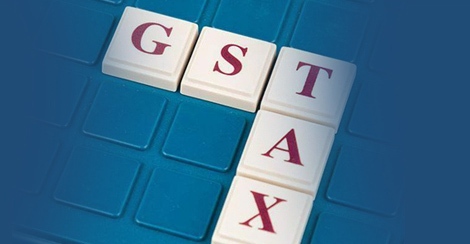The goods and services tax (GST) regime, especially its architecture and implementation, continues to bug the authorities. Fraudsters keep exploiting the loopholes in the system. In our state alone, GST frauds worth thousands of crores of rupees have come to light.
In the latest of such frauds, the state enforcement squad Monday busted a racket and held its kingpin for defrauding the exchequer by Rs 712 crore by way of fake invoicing and passing bogus input tax credit (ITC) of Rs 129 crore through multiple chains. Fake invoicing, registration of bogus firms and fraudulent ITC seem to be the biggest problems besetting the indirect tax system. Various enforcement authorities in the country have initiated more than 6,000 cases of tax evasion relating to fake invoicing and bogus firms. Many arrests have been made. In the latest case here, the mastermind, Kashmira Kumar Agrawal, Director of M/s Madhusmita Steels Industries, availed bogus ITC of Rs 114 crore and passed on bogus input tax credit of Rs 129.09 crore in the names of 14 fictitious firms operated by him on the strength of fake invoices. There are thousands of such cases. It would not be possible for the government to recover the entire money lost fraudulently. So what went wrong with the ambitious indirect tax regime rolled out in the country in July 2017?
In fact, technology which was supposed to be the bedrock of its success has turned to be its biggest reason for its failure. The new law had set out to provide a 100 per cent IT-based solution. For this, the GST Portal was developed. The portal was meant to record all transactions and receipts from an entity from A to Z. After cross-verification, the portal allowed input tax credit. However, the portal has failed miserably to perform this assigned task. While it was meant to cross-verify the ITC on a monthly basis, such cross-verification happened after six months allowing sufficient time to fraudsters to make a complete ass of the system. With no tracking or cross-verification mechanisms available to pin down the fraud, the authorities were completely clueless about the irregularities that were taking place.
The Modi government, in its rush to earn political plaudits, had railroaded the GST in 2017 without ensuring that there has to be a robust IT infrastructure to support the system. There was absolutely no reason to be in such a hurry to roll out the system. It was introduced at a time when the IT infrastructure for the system had not been fully developed, or tested. For an economy the size of India, the single tax system was completely out of sync with the realities. Added to that was the lax enforcement structure and approach.
The inadequacies of the system and in its implementation encouraged people to shortchange it. Various modus-operandi were developed. Bogus firms were registered, fake invoices generated without actual movement of goods. Fake invoices were later used to claim ITC. Also, there was under-invoicing of transactions to reduce the tax outgo. In a way the system was full of faults encouraging fraudsters to milk it the way they wanted. Added to it were wrong interpretations of definitions of products to pay lower taxes as tax slabs depended on the types of products. For example, branded products fell under a higher slab while non-branded products attracted much lower rates. Branded products were often passed off as non-branded products to claim lower rates. The system was full of loopholes that need to be plugged. This is high time the government appointed a committee to overhaul the GST system hook, line and sinker.
